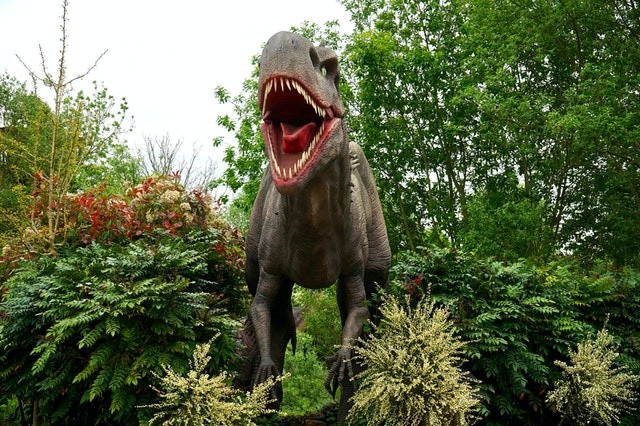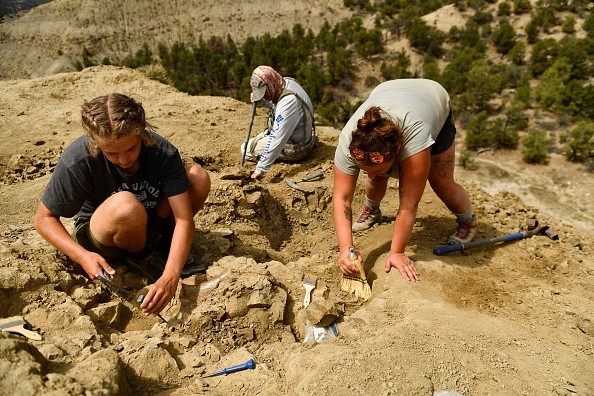A scary-looking dinosaur measuring 29ft is one of two species discovered not long ago that wandered all over what is presently called the Isle of Wight 125 million years ago.

Crocodile-faced Hell Heron Dinosaur
The remnants of the carnivorous reptiles which have similar length as a Stegosaurus but with skulls that look like that of a crocodile were discovered on the beach close to Brighstone on the island.
The pair were recognized as new dinosaur species which palaeontologists from the University of Southampton didn't describe earlier on.
Ceratosuchops inferodios was the name given to the more fierce of the two and the translation is the 'horned crocodile-faced hell heron', because of a series of low bumps and horns across the brow area and its hunting style that is like that of heron.
It is known that herons capture aquatic prey around the borders of waterways, but their meal is more adjustable than is usually appreciated and terrestrial prey can serve as their food.
Milner's Riverbank Hunter Dinosaur
Riparovenator milnerae was the name given to the second and the translation is 'Milner's riverbank hunter'. It was named after Angela Milner, a British palaeontologist who recently passed on.
The haul of over 50 bones was found over a period of a number of years from rocks that make up a part of the Wessex Formation, laid down more than 125 million years ago.
Now scientists are saying they are related to two new species of spinosaurid. A spinosaurid is a group of predatory theropod dinosaurs that is a close relation to the giant Spinosaurus.
The project supervisor named Dr Neil J Gostling, said the work has uncovered the extremely varied ecology of the south coast of England in the time of the Early Cretaceous. The only spinosaurid skeleton the was exhumed in the UK in the past was owned by Baryonyx, which was found at first in a quarry in Surrey in the year 1983.
Most of other discoveries since have just been single bones and isolated teeth.

Diversity of Spinosaurids
A PhD student at the University of Southampton and also a lead author of the study whose name is Chris Barker said they discovered the skulls varied from Baryonyx and others.
"Suggesting the UK housed a greater diversity of spinosaurids than previously thought." Barker explained.
In spite of the fact that the skeletons are not complete, the researchers roughly calculated that the measurement of both Riparovenator and Ceratosuchops in length is about 29ft, using their skulls that is 3ft-long to snap up prey.
Numerous fossil hunters bringing their findings to the Dinosaur Isle Museum and letting experts put all the facts and details together, and confirm them as new species made the extraordinary discovery possible.
It was "the rarest and most exciting find I've made in over 30 years of fossil collecting," Brian Foster, a fossil collector who played an important part in the finds said.
Related Article : New Discovery: The Largest Dinosaur, 'The Spinosaurus' Was Not Well-Adapted To Aquatic Life
For more news, updates about dinosaurs and similar topics don't forget to follow Nature World News!
© 2025 NatureWorldNews.com All rights reserved. Do not reproduce without permission.





